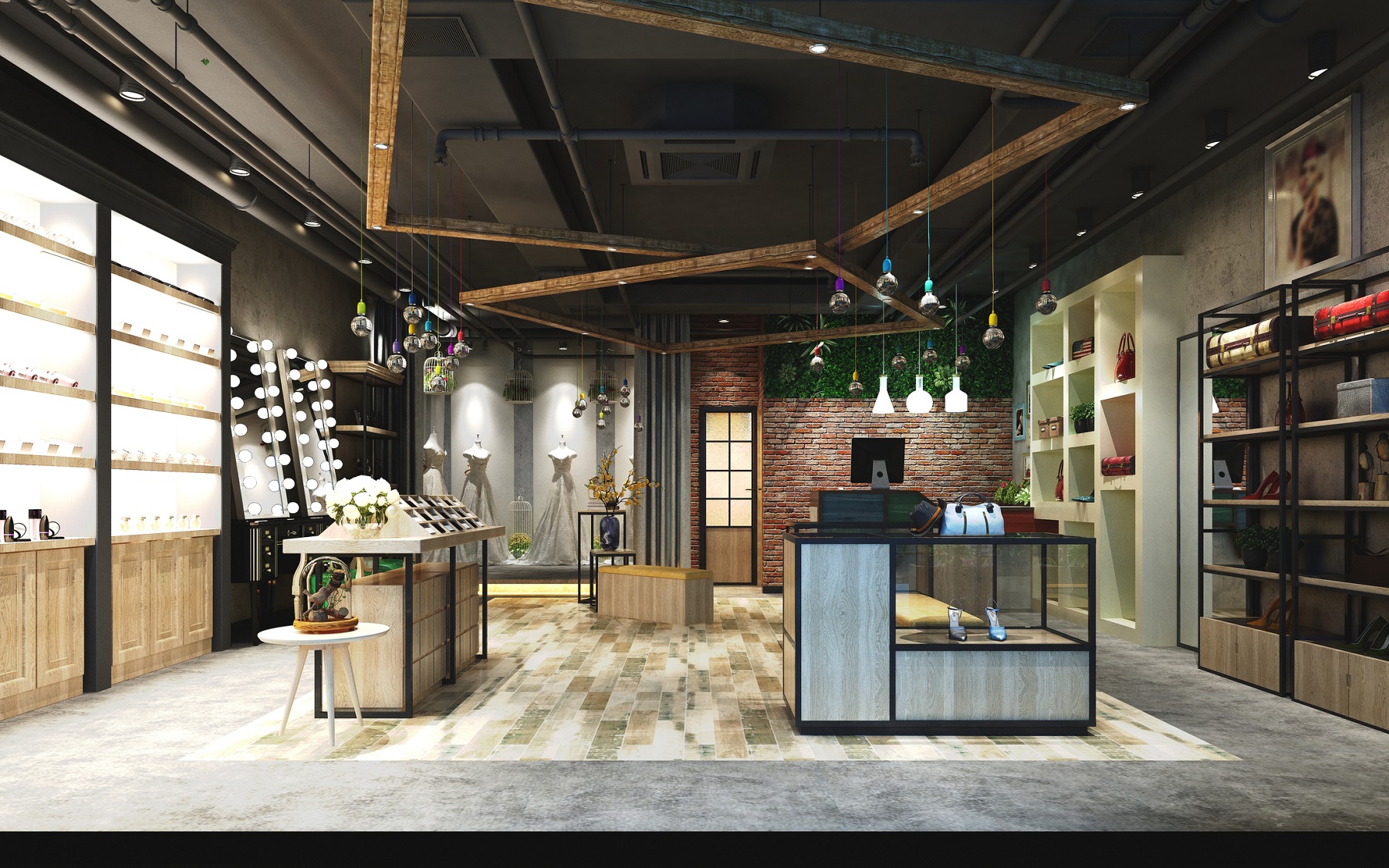Within the constantly changing world of the retail industry, the way a space is designed and built can greatly impact a business's success. Retail fit-outs are not just about appearance; they encompass everything from floor plan and identity to customer experience and revenue. A well-executed fit-out can turn a drab space into an appealing environment that attracts customers in and encourages them coming back, making it an integral aspect of any retail venture.
Grasping what a retail fit-out entails and its importance is crucial for business owners looking to make an impression in a competitive landscape. From the initial concept to the ultimate execution, the fit-out process involves careful planning and design factors that can set the foundation for a successful retail operation. In this document, we will examine the details of retail fit-outs, covering current developments, budgeting strategies, and innovative design ideas that not only enhance the shopping experience but additionally ensure eco-friendliness and flexibility for the future.
Understanding Commercial Fit-Outs
Retail fit-outs refer to the process of constructing and building the interior space of a retail store to make it operational and appealing to shoppers. Retail Fit Out Bristol covers everything from space planning and branding to selecting materials and furnishings. A well-executed fit-out transforms a bare space into a environment that represents the brand's identity, engages customers, and ultimately drives sales. Comprehending the components of a commercial fit-out is crucial for every business looking to establish a successful physical presence.
The significance of commercial fit-outs cannot be overstated, as they significantly impact customer experience and sales performance. A carefully designed retail space encourages customer interaction, enhances product visibility, and fosters a inviting atmosphere. When customers feel at ease and involved in a thoughtfully created environment, they are more likely to spend additional time browsing and make purchases, thus increasing overall sales. Moreover, a well-planned fit-out can set apart a brand in a challenging market, making it crucial for businesses to allocate time and resources into the commercial spaces.
Moreover, retail fit-outs involve various considerations to ensure that the design aligns with the brand's vision and operational needs. From selecting the right colors and materials to incorporating smart technology and sustainable practices, every decision matters in the cohesiveness of the final space. Learning about the fit-out process allows retailers to make educated choices, work effectively with contractors, and maintain budgets efficiently. This comprehensive approach to retail fit-outs sets the basis for a successful commercial environment that supports growth and enhances the customer journey.
Design Techniques for Effective Retail Spaces
Establishing an engaging retail space commences with understanding customer habits and desires. Data indicates that a strategically organized layout can dramatically increase customer engagement and boost sales. Include features such as wide aisles, clear directions, and distinct product sections to guide shoppers effortlessly through the store. Explore employing an intuitive flow that invites exploration while also allowing quick access to frequently sought items. Interactive visuals and experiential displays can further enhance the customer journey, making them to feel more attached to the brand and products.
Lighting plays a critical role in retail design and can transform the ambiance of a store. By thoughtfully placing lighting fixtures, you can in addition to emphasize merchandise but also create atmosphere and focus on specific areas. Daylight is a strong asset, so consider including skylights where possible. For a more regulated environment, use variable LED lighting to set the right tone during multiple times of the day or for special events. The right lighting can make a space feel welcoming and enhance the complete shopping experience.
Selecting appropriate hues and components is important for defining a brand's identity and attracting the target audience. Choose a color palette that reflects the brand's personality and appeals to the emotions of customers. For instance, soothing colors might be suitable for a wellness or beauty store, while vibrant hues may appeal better with a clothing brand targeted towards younger customers. Additionally, see this here can also boost design appeal but also connect the business with eco-friendly practices, appealing to consumers who prioritize sustainability. In summary, a integrated design strategy that combines layout, lighting, and materials will create a captivating shopping environment.
Financial Planning and Planning Your Retail Fit-Out
Strategic financial planning and preparation are essential for a successful retail fit-out. Commence by identifying a feasible budget that includes all aspects of the initiative, such as design, construction, permits, and finishes. It is necessary to account for potential hidden costs that may emerge, such as unexpected structural challenges or changes in material prices. Working with professionals can provide valuable insights and help ensure that your budget is kept within acceptable limits while still achieving the desired outcome.
After you have established a budget, develop a thorough timeline for your fit-out project. This should include key milestones such as finalizing the design, procurement of materials, and construction phases. Having a definite timeline helps in managing expectations and ensuring that all parties involved is cognizant of their roles and deadlines. It also provides a framework that permits you to identify any potential setbacks early on, giving you the chance to tackle issues before they impact your launch date.
In conclusion, communication with contractors and designers is vital throughout the budgeting and planning stages. Regular check-ins can help encourage transparency regarding costs and progress, ensuring that your vision is being carried out as planned. Building a positive working relationship with your team can result in smoother operations and may even produce creative solutions that enhance your fit-out while keeping costs reasonable. By focusing on a well-structured approach to budgeting and planning, you establish the groundwork for a prosperous retail fit-out that satisfies both aesthetic and functional goals.

